Tsuki no sabaku
Tsuki no sabaku wo haru baruto
Tabino rakuda wa yuki mashita
Kin to gwin tono kura oite
Futatsu narande yukimashitaKin no kura niwa gwin no ka-me
Gwin no kura niwa kin no ka-me
Futatsu no ka-me wa sore zoreni
Himo de yuwaite arimashitaSaki no kuraniwa oujisama
Ato no kuraniwa ohimesama
Notta futariwa osoroino
Shiroi uwagi wo ki-te mashitaHiroi sabaku wo hitosujini
Futari wa dokoe yuku nodeshou
Oboroni keburu tuki noyowo
Tsuino rakudawa tobo tobo toSakyu wo koe te yukimashita
Damatte koe te yukimashitaLyrics : KATO Masao
Composer : SASAKI Suguru
in 1923
Moonlight desert
Far away in the moon desert
Camels traveled all the way to the moon desert
They left their saddles of gold and silver
And they rode side by side
In the gold saddle was a silver bottle
A silver saddle with a jar of gold
Two jars, each tied with a string
The two bottles were tied together with a string.
In the saddle of the camel ahead was the prince
In the saddle of the camel that goes behind is the princess
They were both dressed alike.
Wearing matching white coats.
Straight through the wide desert
Where will they go?
Through the hazy, hazy moonlit night
A pair of camels rode at a leisurely pace
They went over the sand dunes
They went over the dunes in silence
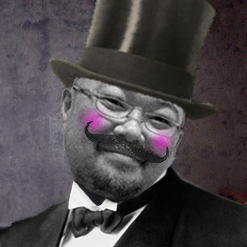
Where is “Desert of the Moon” set? When is the season?
Actually, there is no clear answer to either of those questions.
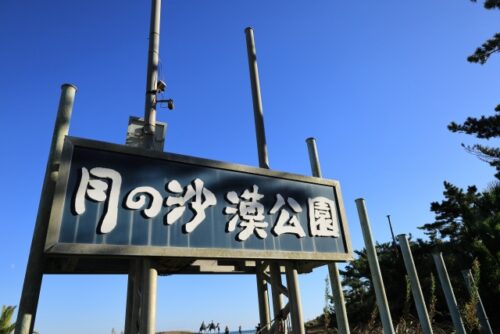
As for the setting, it is often said to be Onjyuku Beach in Chiba Prefecture, where the songwriter, Kato, who was frail, often visited to recuperate and later moved to make his final home. Kato himself is said to have publicly stated that this place was the model for the song after the town of Onjyuku_cho built a statue in commemoration of the Desert of the Moon.
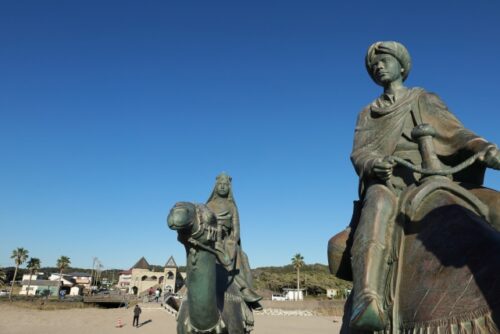
As for the season, the word “oboro” appears in the story, so it must be spring, right? However, the tune of the song suggests a somber autumn.
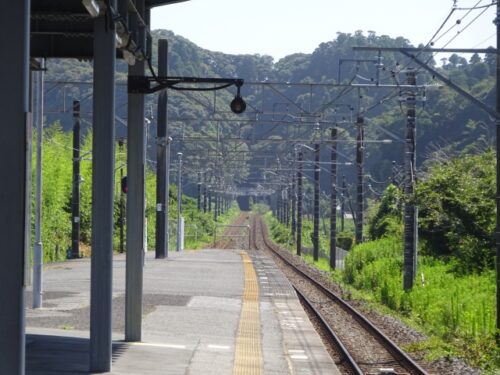
onjyuku station
In fact, however, Kato is said to have said that it was totally imaginary. At the time, it was not easy to know what was going on in other countries, and the writer’s imagination resulted in these beautiful lyrics, which inspired the composer Sasaki to create this lyrical piece of music. Since Kato’s lyrics were published in the year of the Great Kanto Earthquake, the piece remains popular.


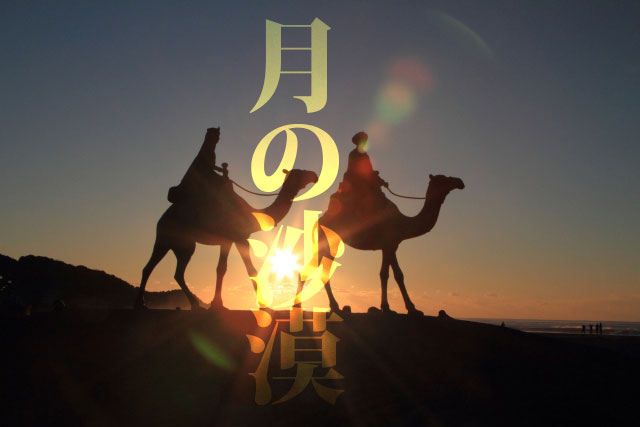


コメント